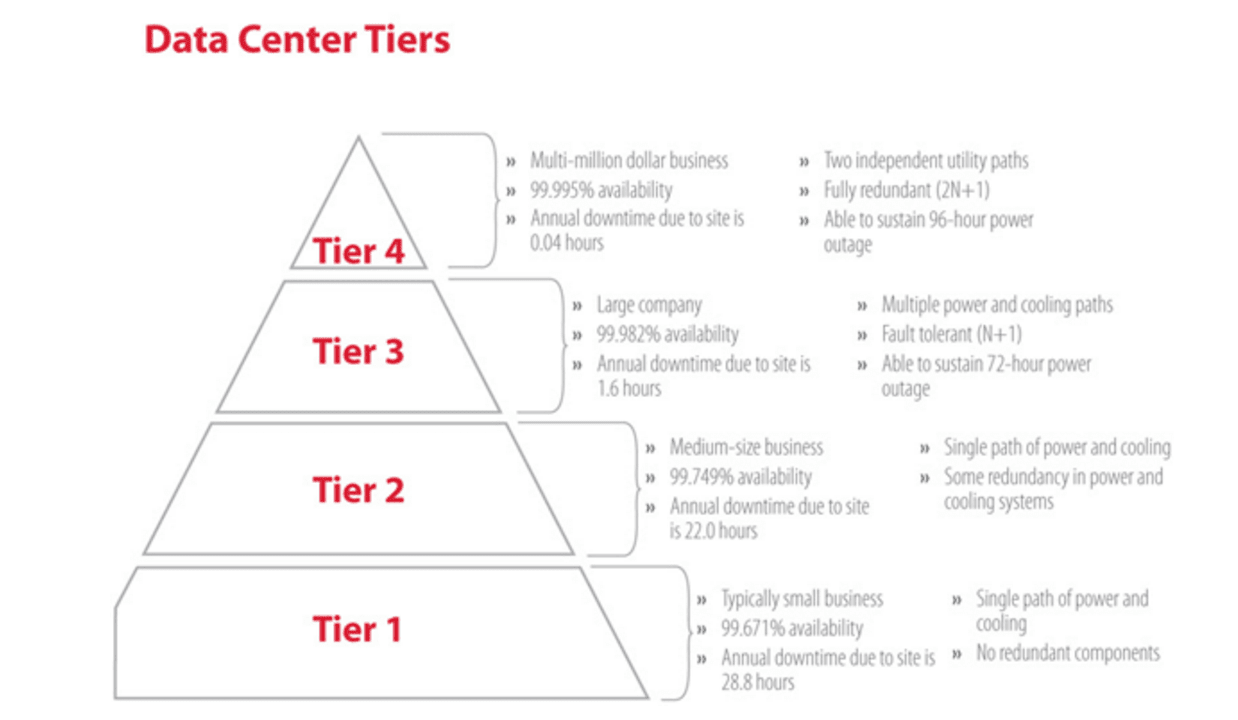Examining the Interaction Between Firm Redundancy and Organizational Flexibility for Future Growth
In the dynamic landscape of today's company globe, the detailed relationship between firm redundancy and business adaptability emerges as a critical factor for sustained growth and success. Companies usually face the challenge of striking a delicate balance between preserving a level of redundancy to alleviate threats and cultivating adaptability to respond quickly to the ever-evolving market demands.
Value of Business Redundancy
Business redundancy is a critical aspect that improves business durability and alleviates functional dangers. By integrating redundancy procedures within the organizational framework, business can much better stand up to unanticipated disturbances and changes in the service atmosphere. Redundancy works as a calculated barrier, enabling companies to adjust and react successfully to unforeseen difficulties without compromising essential operations.
One trick element of the value of business redundancy is its role in making certain connection during times of crisis. When encountered with unexpected adjustments or emergencies, redundant systems, sources, or personnel can tip in to keep vital functions and avoid widespread disruptions. This connection not only safeguards the firm's track record and client trust yet likewise minimizes economic losses and operational downtime.

Methods for Business Flexibility

Another vital approach is buying innovation and facilities that can sustain versatility and scalability. Applying electronic tools, automation, and data analytics can improve operations, enhance effectiveness, and supply beneficial understandings for educated decision-making. In addition, developing versatile organizational structures that enable quick adjustments to market dynamics and customer needs is vital for staying competitive in a quickly progressing setting. By proactively recognizing prospective interruptions and chances, organizations can proactively prosper and adjust in an ever-changing service landscape.
Balancing Redundancy and Flexibility
Accomplishing a harmonious equilibrium in between functional redundancy and organizational adaptability is paramount in browsing the complexities of a dynamic service environment. Redundancy within a firm offers a safety web, guaranteeing connection and stability in procedures. However, an unwanted of redundancy can result in inefficiencies and impede flexibility to transforming market problems. On the various other hand, organizational flexibility enables firms to respond without delay to outside disturbances and take brand-new chances. Striking the right equilibrium in between redundancy and versatility is a fragile process that needs a deep understanding of the company's goals, market characteristics, and risk tolerance.
To attain this equilibrium, firms require to perform normal analyses of their procedures to recognize locations where redundancy is essential for threat reduction and where versatility can drive technology and development. Applying adaptable frameworks, promoting a culture of constant knowing and enhancement, and encouraging open communication throughout all degrees of the company are crucial methods to balance redundancy and versatility efficiently. By aligning these two crucial elements, firms can place themselves for sustainable growth and success in an ever-changing business landscape.
Study on Adjustment Success
In checking out circumstances of effective organizational adaptation, it becomes obvious that the interaction in between functional redundancy and flexibility is a specifying factor in forming resistant companies. A DVD rental service, Netflix showed remarkable versatility by transitioning right into a streaming system when digitalization Home Page interrupted the industry. More Bonuses These case researches underscore the significance of functional redundancy paired with business versatility in promoting lasting growth and competitiveness.
Structure Resilience for Future Development
Building strength for future growth calls for a tactical positioning of operational processes with market characteristics and arising patterns. Business have to adjust to transforming atmospheres by fostering a society of adaptability, innovation, and continuous enhancement.
Additionally, promoting strong relationships with stakeholders, such as consumers, workers, distributors, and the area, is crucial for maintaining and weathering unpredictabilities trust and support throughout unstable times. Reliable interaction and transparency play an essential function in building durability, as they assist help with and line up expectations collaboration in navigating unpredictabilities.
In addition, organizations need to focus on learning and advancement initiatives to upskill employees and outfit them with the needed tools to adapt to changing circumstances. By investing in their labor force, business can improve their flexibility and agility, inevitably enhancing their resilience for sustainable future development.
Verdict

In the dynamic landscape of today's business world, the intricate relationship between company redundancy and business adaptability emerges as a crucial factor for continual growth and success. Firms commonly deal with the difficulty of striking a delicate balance between maintaining a level of redundancy to alleviate threats and fostering versatility to react quickly to the ever-evolving market needs.To achieve this balance, companies require to carry out normal evaluations of their procedures to identify locations where redundancy is necessary for danger mitigation Recommended Site and where flexibility can drive innovation and development.In conclusion, the interplay between firm redundancy and organizational flexibility is crucial for future development. Building durability through a combination of redundancy and adaptability will certainly ensure that firms are prepared for the challenges of the future.
Comments on “Clarified: If a Company Goes Bust Who Pays Redundancy in the UK?”